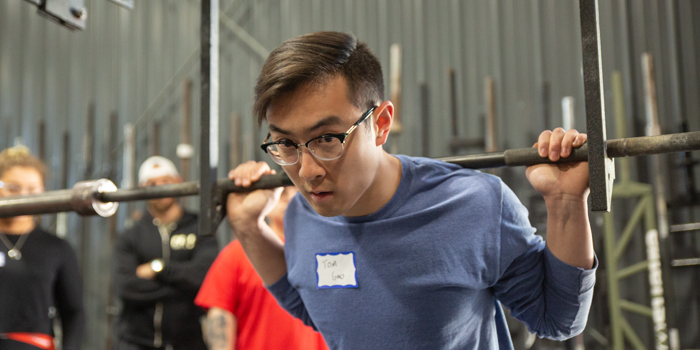
Last month, my girlfriend Margaret competed at the APF Women’s Pro-Am in Cincinnati. Her meet went well, as did the rest of the team that had been training together during that meet cycle — everyone ended up with a PR total.
RECENT: Troubleshooting Strength Injuries: Dealing with Injury
With strict orders from Dave not to touch a barbell for four weeks and the first free Saturday Margaret and I had in quite a while, we decided to take our dog Bruce up to an “Intro to Herding” class in Nova, Ohio. Bruce is a rescue pup, and his genetic make-up is somewhat of a mystery to us. He is definitely part Rottweiler, but his other ancestry is somewhat unknown. From what we could gather from the shelter where we got him, the other half is likely Australian Cattle Dog, also known as a Blue Heeler. Knowing Heelers are herding dogs and observing Bruce’s mannerisms around other animals, it has been clear for a while to us that Bruce has strong herding instincts. Bruce is also insanely energetic — always wanting to play with other dogs and THAT DAMN B-A-L-L. You can’t actually say ball. He will lose his shit. And then play with the ball for hours — no, DAYS.
Anyway, we each had mentioned on numerous occasions, “It would be interesting to see how his instincts kick in around a herd of sheep, and if he has any potential to herd.” It finally got me curious enough to see if there were any places around us, and sure enough, Google landed me on this “Intro to Herding” class. The last two classes that have been held didn’t work with our schedules, so considering Margaret’s training had regressed to Globo Gym workouts, this was a perfect opportunity.
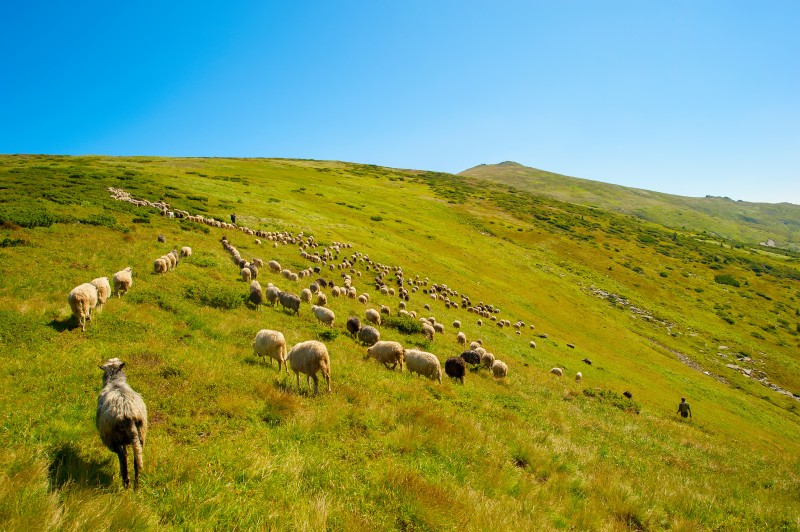
tykhyi © 123rf.com
Now, before I share the experience that we had at this class, I need to preface a few things. First, one of the big universal beliefs of life is to always give someone at least one chance to speak their viewpoint/argument — and actually listen. (The only exception is telemarketers. Fuck those guys.) One of the best ways to develop values, philosophy, and education is to explore different points of view or ways of thinking. Each interaction should either reinforce or challenge your way of thinking and evolve the relationship between you and your belief system. Even a bad experience or talking to someone who’s belief systems wildly disagree with yours will reinforce why you DON’T want to be like that person.
The second premise is that this trip occurred one week after a meet. If you are or were an even remotely competitive athlete, you know exactly what is going on in someone’s head a week after a meet.
Finally, I had no idea what kind of quality course we were getting. I did not know that the instructors had been doing it for 30 years and had produced multiple champion dogs in herding. And I definitely did not understand that herding is one of the most difficult dog sports to compete in. So now when I say I was furiously typing notes into my phone for this article halfway through the course and the entire hour-and-a-half car ride home was spent talking about powerlifting, life, and self-improvement — you can understand a little more why. Here are the big takeaways:
1. Change Your Definition of “No”
“No” and “yes” are the two simplest words in our vocabulary. They are the first words taught in language and are quite possibly the single most foundational component of verbal communication. “Yes” is an affirmative response and “no” a negative response — if you look up the definitions, this is what you will find. So why should we be concerned about changing the definition of such a primitive and universal world? Because the way you look at “no” could be destroying your creative thinking and ability to succeed.
In the dog world, there are two camps: Pet owners and working dog owners. To these two camps, “yes” and “no” definitively still mean the same thing, but the use and message of “no” couldn’t be any more different between the two.
To a pet owner, “no” is used in situations like peeing on the carpet, tearing up a sock, or running off after a squirrel. It communicates to the dog, “No! Don’t you ever do that again! Never! Absolutely not! Under no circumstances! By no means! Not at all!”
To the working dog and owner, “no” still indicates a negative response. The interpretation of that “no,” however, indicates an incorrect method, a failed attempt, or a sorry, try again. It is not telling the dog that it is bad or to abandon the behavior. Instead, “no” is simply feedback of what doesn’t work. This forces the dog to further analyze the situation and ultimately moves him towards the desired action – a “yes.” To a working dog with a high drive, failure isn’t even on his mind. His sole purpose is on accomplishing the task at hand, which means there has to be a way. “No” is not a possibility.
The same contrast can be found in humans. To many, “no” is defined as an absolute, a dead end — turn around and go back where you came from. To those who are driven, “no” is a prerequisite to success. In fact, the lack of failure or mistakes on a micro level is an indicator that they are either missing something or not pushing hard enough.
For the athlete, these “no’s” come in the form of setbacks, injuries, and plateaus. Whereas an injury or plateau may discourage the recreational athlete away from training, the driven athlete will see it as an indicator that another approach must be found in order to keep moving forward.
The next time you face a failure, a setback or a “no,” take a moment to analyze the situation. Figure out why it was a “no” and then look for ways to change the scenario around to create progress.
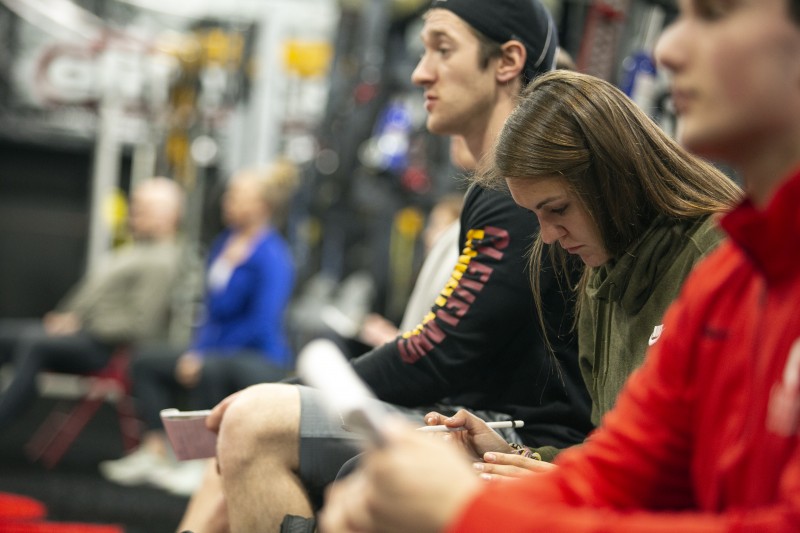
2. Keep a Notebook
This lesson is an old one, but always bears repeating – keep a notebook. This is a technique used by many lifters and is something that we did for every meeting and film session in college football.
Keeping a notebook is hugely critical to success, for a few reasons. The first is that you can always keep a running log to document the history of every lesson or training session. It allows you to keep track of goals, strengths, and weak points. It also serves as a place to write down important questions to ask or investigate further before you forget them.
As you continue to grow, it also gives you physical proof of how far you’ve come. This can be extremely helpful when you find yourself struggling or looking at things too short-sighted.
3. Learn to Read and Understand Body Language and Non-Verbals
In the sport of herding, the usage of body language is incredibly important in developing the relationship between dog and handler. At the seminar, we had a few individuals who were competitive with their dogs in other sports and spent time training their dogs to be service dogs.
One owner was very particular about her dog having special needs because of how nervous she was in new environments. When it was this dog’s turn to be evaluated, she had to turn control over to the instructor but was a nervous wreck in doing so. In her mind, her dog wasn’t going to listen to anyone but her and was going to end up freaking out and jumping out of the pen. I know this because that’s what she told everyone in the class that would listen to her. What corresponded was a severe lack of respect for non-verbal communication.
The dog did, in fact, get nervous when it got into the pen, but not because of a new environment. Rather, the inability for her owner (leader) to remain calm and let her control of the dog go emotionally caused the dog to get nervous and try to jump out. The dog was reading her owner’s nervousness as a sign that something was wrong and that her leader needed protection.
The instructor made the owner look away and carry on a conversation with the other attendees. Almost instantly, the dog began to relax and was able to focus on the handler and sheep. Within a few minutes, the dog was completely engaged in herding rather than the condition of her owner.
Non-verbal communication is an incredibly powerful tool when understood. Athletes, coaches, and businessmen use non-verbal communication to gain valuable insight from those around them. Being able to read non-verbal communication means being able to tell what mood, state of mind, and readiness an athlete is in as soon as he walks through the door. If you have spent time paying attention to the mannerisms and unique features of your athletes, you’ll be able to identify their “normal.” Every athlete is different and will display consistencies in the way they walk, how they talk, how much they talk, their facial expressions, emotion level, and much more. If that athlete walks through your door one day with completely different mannerisms, it will raise a big red flag for an experienced coach.
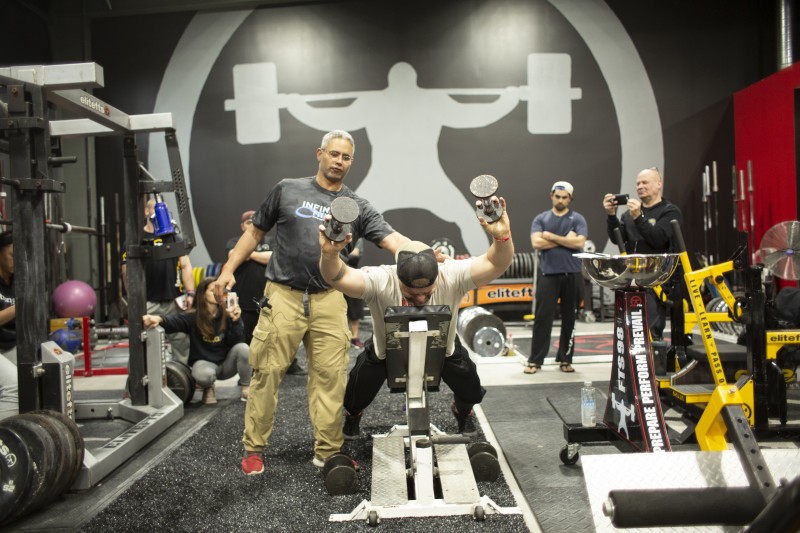
Furthermore, as seen in the herding example, confidence must come from the top down. If you are in a leadership position as a coach, how you carry yourself has a huge impact on your constituents. This occurs because of special neurons in our brain called “mirror neurons.” Mirror neurons are neurons that fire both when an animal acts and when the same action is observed being performed by a different animal. This act is the neuron “mirroring” the behavior of the other animal, as though the observer were itself carrying out that act. Simply put, one of the best ways to learn to understand and interact better with others is to master non-verbal communication.
4. Everyone Has Potential
There were eight dogs that were evaluated in the class. Seven of them were different breeds from different parents. Every dog had fairly different styles. Some were more aggressive and went for the front of the pack, others kept behind. Some dogs’ mannerisms were calm and calculated and some dogs’ instinct and adrenaline shot through the roof (cough, cough, Bruce). And yet, as the instructor finished her evaluation, every dog had the POTENTIAL to be a good herder. Sex did not matter. Age did not matter. Breed did not matter.
Every dog had the potential to be a successful herder – the question was whether or not dog and handler wanted to devote the time and resources necessary to become successful. Now, when I say each dog had potential, realize that each of these dogs would be the equivalent to a beginner or even first-time lifter. They showed raw talent in that they had the instinct to keep a pack of “prey” corralled together and move them around. They had a genuine interest in the activity and were smart enough to listen to their handler (coach) and be moldable. Out of the eight dogs, only one truly excelled to a point that they were doing basic tasks without input. Even then, that dog would have been well within the beginner category.
It was very clear after seeing an advanced dog work, that for any of these dogs to become successful, it would take YEARS of work from an entire team of individuals. To put it bluntly, I would be shocked if any dog present at the course would end up even doing more than a few months of future sessions, let alone years of training. Why? Because every owner who walked into that clinic (Margaret and myself included) thought their dog was going to be proficiently herding sheep by the end of the day simply because their dog had genetics and instinct.
So, when we were brought back down to reality in regards to where our dogs were at, what proficiency looks like, and what becoming proficient required, I’m sure most people there were surprised by the commitment required.
Sound familiar? At the end of the day, we ALL have the potential and opportunity to be successful – whether it’s a sport, business, being a parent, etc. But never has anyone just naturally become successful without having to put any amount of work in. Ask any advanced lifter, professional athlete, or businessman how many years of focused effort, struggle, and decision-making it took for them to become proficient.
None of them will tell you they stepped onto the platform, playing field, or boardroom and simply crushed it their first time. Everyone has the potential to be successful – most people are just not willing to put forth the effort to realize it.
5. Try New Things
Every five years (or sooner), challenge yourself to learn a new skill or try something completely new. Keeping a consistent habit of learning is incredibly important for growing as a person, but this is not necessarily the only reason to pick up this practice of continual learning.
People generally do not like putting themselves in situations in which they are uncomfortable. Most individuals will only stick to people they like and things they are good at. When we do that, we often develop echo chambers of people with the same skills, values, education, and understanding. For those in coaching positions or positions of expertise, this can be severely detrimental to your ability to empathize, interact, and help others who are not at your level of understanding or do not share your experiences.
Forcing yourself to engage in something completely foreign and sticking with it until a certain level of mastery can be extremely humbling and will remind you what it feels like to be a beginner at something. Embracing the struggle of being a novice again helps build mental fortitude and also helps you relate to others that may be relying on you for guidance.
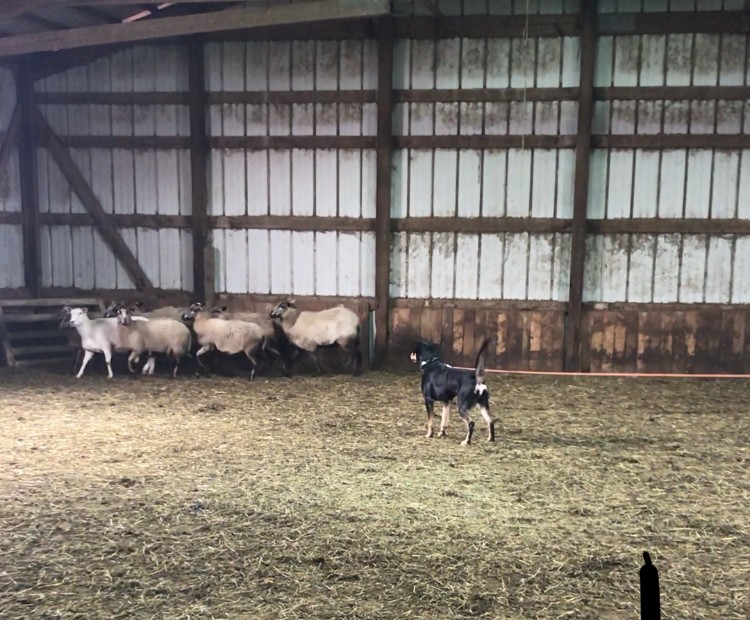
6. Know When the Cup is Full
Performing new motor skills require a much larger amount of focus and mental energy compared to performing a well-developed skill. This was very evident watching young dogs (most were under two years old) participate in their first herding lesson.
Bruce was the first dog during the hands-on portion of the course, so we were surprised that he only spent about five minutes in the pen before the handler called him off. The instructor explained that during these lessons, she looks for signs of mental fatigue and loss of focus that indicate the dog’s “cup is full.”
She explained that herding takes a lot of mental focus, and since Bruce was new to the experience, he could only absorb so much information in one session. As a novice, he had a small cup, and once his cup was full, any further stimulus would be overflowing his cup and possibly erasing his ability to program new skills.
Sure enough, out of the entire group, very few dogs lasted more than five minutes before showing the same signs. The instructor noted that the more experience the dogs received, the larger their cup would grow, and the more stimulus and workload they could handle before reaching mental fatigue would also grow.
In chiropractic school, our schooling was a five-year program that was condensed into a three-and-one-third-year program. This was accomplished by enrolling in year-round trimesters with 30 to 35 credit hours per trimester. So many of us used to joke that this experience was akin to drinking out of a firehose. Whichever analogy works for you, the point is that forcing yourself to move forward too fast is inefficient and can actually be detrimental to your progress.
This particular lesson is extremely directed towards you young and novice lifters, coaches, and professionals. I can go on forever on this one concept, but the overall idea is simple – be patient and know when to back off a bit. No one became an expert, a Mr. Olympia, or a world record holder in a year. Everyone had to start somewhere. The reason a professional athlete can operate at a high level and you can’t is because they spent time getting where they are. You can’t just pin the gas pedal to the floor at all times. Sometimes you need to back off and cruise.
For coaches and other professionals in service industries, remember that the capacity of a new client’s cup will likely be small. When teaching new skills or fixing technical issues, rather than getting overly complicated and throwing 10 new cues at your client at a time, focus on one or two simple ones. If you overfill your client’s cup with 10 things, they’re likely to remember zero of them. Better to fill that cup with one or two new cues every session.
The final bonus lesson that I can share from this experience is the importance of respecting, appreciating, learning from others who have mastered their craft. This is something I have believed for a while, but I do feel that a true competitor should be able to look at those in other sports and have a sort of mutual respect for the level of commitment of time and resources to be proficient across any kind of competition. Many of the basic qualities that make someone good at what they do are interchangeable across all sports.
Observing the work of others and being able to apply those observations to your own personal circumstances is an undertaking that many prominent athletes and businessmen credit to their growth and success. Although I have no interest in being a national champion herder, I can certainly identify with and appreciate the accomplishments of one.
Oh, right… I almost forgot. In case you were wondering, Bruce did actually enjoy the experience, too. He had a blast.











1 Comment